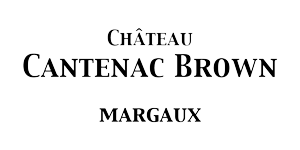Fining is a process of clarification of wine. Known for a very long time, this technique is applied to great wines only since the seventeenth century.
Fining the wine consists in adding a substance of protein origin, which coagulates in contact with the tannins, to trap and eliminate the particles in suspension. The winemaker uses this technique at the end of fermentation or as a preventive measure during alcoholic fermentation. This step prepares and optimizes the filtration of the wine.
How does wine fining work?
The fining is done by incorporating a specific product such as gelatin, casein, albumin, egg white, fish glue or yeast or vegetable proteins (pea, wheat, potato). The wine remains under glue for about twenty days. Beyond that, there is a risk of a certain loss of color and aroma.
The bonding agent will combine with the elements to be removed. The molecules that are formed are heavier. As they coagulate or flocculate in the wine, they are carried to the bottom of the barrel or tank. Racking will separate them from the clean wine by transferring it from one container to another, by gravity or by pumping.
Today, about 95% of the wines are fined and filtered.


